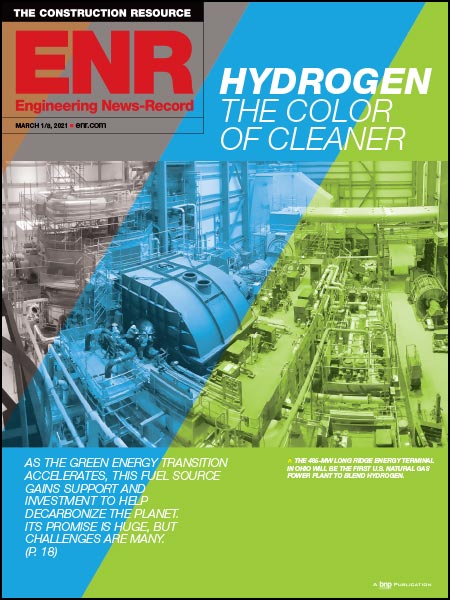Hydraulic Calculator Packs Power Into iPhone App














if a new $10 hydraulic-flow calculator for the iPhone is any indicator, smart-phone apps are fast becoming the new disrupters of traditional software technology.
Flo Hydraulic from Appadana, Baltimore, Md., is powerful, flexible and easy to use. Early adopters say it does just about every kind of hydraulic calculation they can think of, potentially overthrowing other widely used tools in the process.
According to the App Store, which gave it a “new and noteworthy” billing, the software does 42 different calculations over 10 structure types. Entry screens are backed up by context-sensitive documentation, including formulae and tables, available at the tap of an icon. Color-coded fields guide users to required variables for each type of calculation. Users can switch between English and metric measurements on the fly with ease.
“I feel this is really a revolution and an evolution, too,” says Pang Tu, a civil engineer with the STV Inc., a design, engineering and construction-management firm in Baltimore.
The app is quite new and still evolving. It was released on Aug. 3, with a version update on Aug. 7 that adds reporting capabilities and 2D animations of flow within circular and rectangular channels. A release scheduled for Aug. 19 will add calculations for elliptical-pipe and V-shaped channels.
Although the current version does work on the iPad as well as the iPhone and iPod Touch running iOS 3.0 or later, the developer plans to release a version specifically for the iPad on Aug. 26. It will have more reporting tools than are available in the iPhone version.
An Android version also is in the works, with a planned release of Sept. 9.
Downloads so far have averaged about 80 per day, with significant international interest, according to the developer. There were eight rave reviews on the iTunes App store webpage as of Aug. 15. All gave Flo Hydraulic the maximum five stars.
The range of calculations includes those used by civil engineers in drainage evaluation and planning, including solving for cu-ft-per-second flow rates through circular pipe and through rectangular- and trapezoidal-section channels, as well as gutter capacity and flow over several configuration of weirs and orifices. Among the variables that can be tweaked are normal depth, dimensions, slope and roughness.
Tu got a look at the Aug. 3 release when he got a call from the developer, civil engineer Dana Shakiba, who interned at STV a few years ago before striking out on his own as a BIM tutor and software developer. Shakiba suggested Tu check out the software.
“We’ve been exploring other hydraulic apps on the App Store,” says Tu. “Most of them do handle hydraulic calculation stuff, but not everything. Dana’s app can do pretty much everything, from start to finish.” He adds, “In school, you needed a whole big book to cover this. Now everything you want is on a little phone.”
The first release could not generate reports. In the second release, users can perform calculations and e-mail the reports from the phone. “This would be really great for a field engineer or in a meeting in which people are arguing whether a pipe is undersized. You can prove it right away,” says Tu.
“We tested it against some of our own calculations, and the app is really exact, very accurate,” Tu says.
Methodology is based upon the Federal Highway Administration’s Hydraulic Engineering Circular No. 22 (HEC-22), and the U.S. Bureau of Reclamation Water Measurement Manual.
Shakiba, who is president of Appadana, says accuracy and quality are what drives him. “I am a civil engineer. I work with a lot of big companies, and I have a special interest in software. Mobile apps are really big right now—there have been 15 billion app downloads since 2007—and there is a lack of quality apps in the marketplace. There is a lot of junk.
“I enjoy software, and I want to make quality software. If you put an incorrect calculation, it will notify you,” says Shakiba. “Apps like these make it very simple for engineers to do quick calculations at a reasonable price. That’s what I was going for—and to be as thorough as possible in this application.”
Appadana Website:<br/><a href="http://www.appadanadev.com/flo.html" rel='nofollow'>www.appadanadev.com/flo.html</a><br/><br/>App Store Link - Flo Hydraulic Calculator:<br/><a href="http...
www.appadanadev.com/flo.html
App Store Link - Flo Hydraulic Calculator:
http://itunes.apple.com/us/app/flo-hydraulic-calculator/id452479724?mt=8











